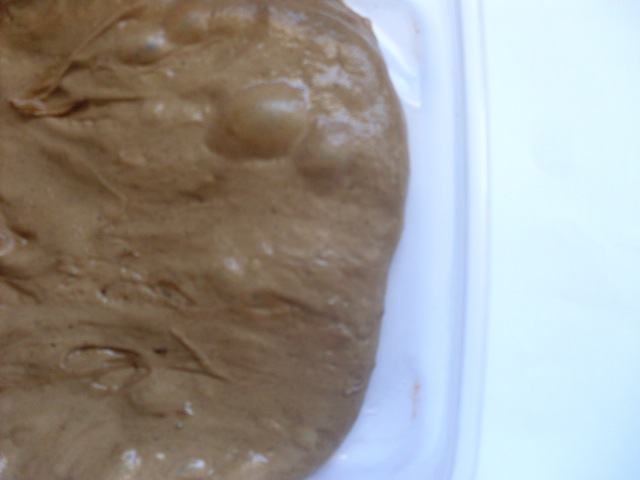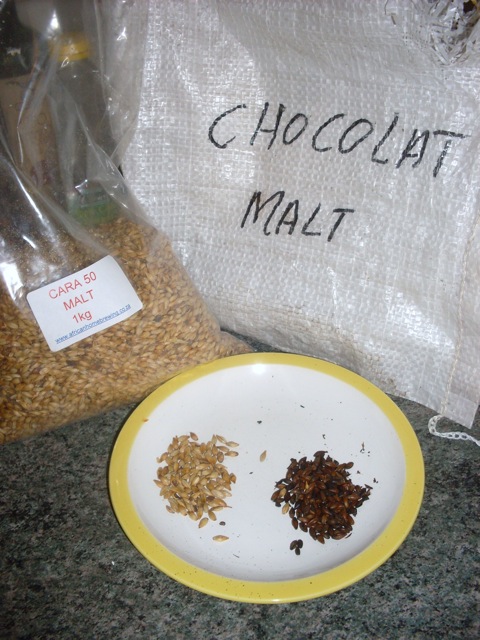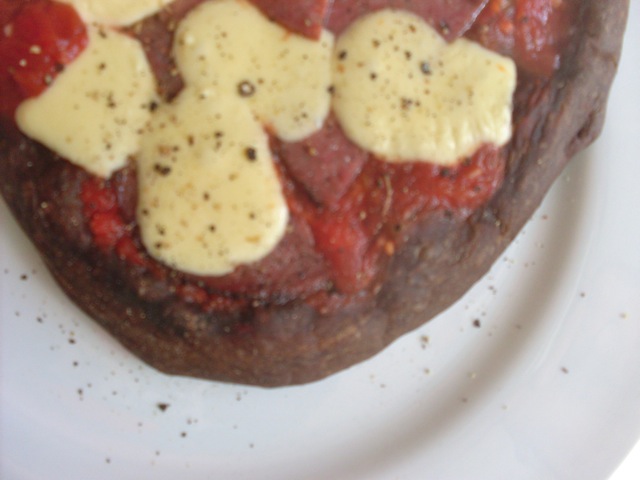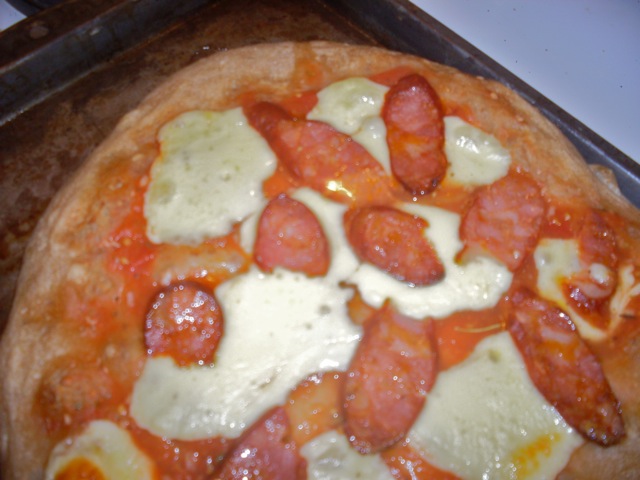Peter’s Blog, Sept. 27th, 2011
As I prepare to head out to Denver for what I referred to last week as “The Big Reveal,” I want to share this week’s Peter’s Blog with our correspondent, Nick Birkby, a baker and beer maker in South Africa. The timing is perfect, as Nick has been doing a lot of experimentation lately with beer malts in pizza dough, which is one of the keys to our Challenge Pizza (the recipe for this dough was posted last week). Nick has pushed the envelope even further, as you will see below. For those who have been writing in asking for more details for how to work with malt in dough, Nick’s report will be invaluable and, hopefully, spur you on. If so, please write to me at peter@pizzaquest.com to share your own adventures. As Nick points out, it’s all part of the quest.
Here’s Nick:
Every good quest should include a few exciting detours. Beer, much like pizza, rewards the passion of it’s creator. It allows the brewer experimentation, and is capable, at times, of layers of dizzying complexity. Beer and pizza are similar in that, in skilled hands, they can both be crafted with subtle simplicity or audacious bravado. They make for perfect partners, not just at the table, but in spirit. Both are capable of inspiring.
This contribution to the Quest takes us into some exotic territory. It’s been fantastic keeping up each week with the developments in the beer and pizza pairing saga, and my offering is simply another slice to add to the already exciting picture, .

It has a deep rich color.
Before I carry on, I should explain what role these specialty malts play in brewing. A brewer works with a recipe that uses pale or ’base’ malt as the largest proportion of the brew. It is, quite literally, the basis. Then, the ‘specialty’ malts are added in smaller amounts for their flavoring and coloring quantities. These malts are roasted and kilned for a longer time under different conditions by the Maltster, to produce different qualities and flavors that will allow the brewer to craft, say, a deep caramel Amber Ale or a coffee-like dry and roasty Stout. There are many types of specialty malts and most brewers love to experiment with them! Flavors can range from “bready” and toasty through to caramel, toffee and even fruity plum and raisin. Think of the base malt as the canvas, and the specialty malts (and hops of course ) as the paint!

Standard brewing malts
Using the fantastic Neo-Neapolitan dough (listed on this site ) as my recipe, what I did was quite simple. I steeped the coarsely ground up malt in some hot water until it had completely infused and cooled and then, once I sieved it off from the spent grain, substituted that for the water in the recipe. Because these malts are so good at releasing their flavors and colors through infusion, it wasn’t necessary to add actual ground malt to the dough. The results were quite exciting! From a flavor point of view it made a huge difference. Roasted malts add a lot of complexity, roundness and an unusually delicious flavor to the dough. It definitely augments the dough, but does not overpower it and, paired with the appropriate beers and toppings, it was really memorable!
Due to time constraints, I have not been able to pursue this ingredient and pairing concept as far as I would have liked, but perhaps that makes it all the more exciting. The idea is here, and now it’s up to the bold to venture forward!
The Neo-Neapolitan recipe was halved for these experiments. Simply double up it for more.

Stout Dough
For the Amber dough, I used 50 grams of ‘Caramel 50’ ( Cara 50 ) with the same amount of water as above. The amber color was not as pronounced as I hoped but here is where I will experiment again. The topping was a mild chorizo, which happened to be at hand, and also happened to be amber! I paired it with one of my own malty Amber Ales!

Amber Dough
Thanks very much to Peter for the invitation to contribute. All the Best, Nick.
Thank you Nick — this is fabulous information! I can’t wait to hear from our other brewer/baker/pizza makers out there. Meanwhile, anyone who will be in Denver this weekend for the Great American Beer Festival, or for any other reason, look for us at the Summit Beer Garden, 1902 Blake St., on Friday, from 6 PM till the coals die out (or till they throw us out). I’ll try to post a follow-up on Saturday. Here we go…..
Recent Articles by Peter Reinhart
- Howard Brownstein on Turnaround and Crisis Management
- Randy Clemens and Forest Farming in Uruguay — The Back to The Earth Movement is Back!
- It’s not too late to chase your dreams: “Pizza From the Heart” A New Book by Paulie and Mary Ann Gee
- Kyle Ahlgren on the Artisan Baking Center Online Classes (and a special offer)
- Multi-James Beard Nominee Cathy Whims of Portland’s Nostrana and her Brand New Book
- Pizza Quest: KID, Manhattan’s New Slice Cafe, with Chefs Ian Coogan and Max Blackman-Gentile
Comments
Add Comment
You must be logged in to post a comment.










Peter,
Love the focus on pizza, as I have loved your bread books. Note: is it my web browser, but the first posts I see on your site are dated 2010. Confusing and makes it seem as if your site is way out of date. As I scroll, I see the newer info. Makes getting to some of the latest news time-consuming. Still, it’s all worth the work – terrific stories and insights. All the best!
Very interesting article Nick. Have you been able to experiment with using the malt steeped in water method vs. using your favorite beer. I don’t necessarily understand the scientific difference, but it would be great if you could comment on your experiment differences or scientific differences if you know of any.
Thanks!
Hey, Peter. I finally found a Bruery Challenge dough recipe, but is this what you used in the Challenge? If there’s another one, could you link to it in a blog sometime?
I’m a (home)brewer and I’m about to buy one of Joseph’s pizza-wagons. One of the common questions I get is if I’ll include some spent mash in my dough. I’m brewing a Dortmunder Export in the next few days and I think I’ll give it a try. Maybe a cup of moist barley husk in your Neapolitan or NYC recipe. I might steep some Carafa III or Golden Naked Oats for interest, too. I assume I’ll be disrupting the gluten structure a bit, more than whole wheat. Have you given this a try in any of your bread or pizza making?